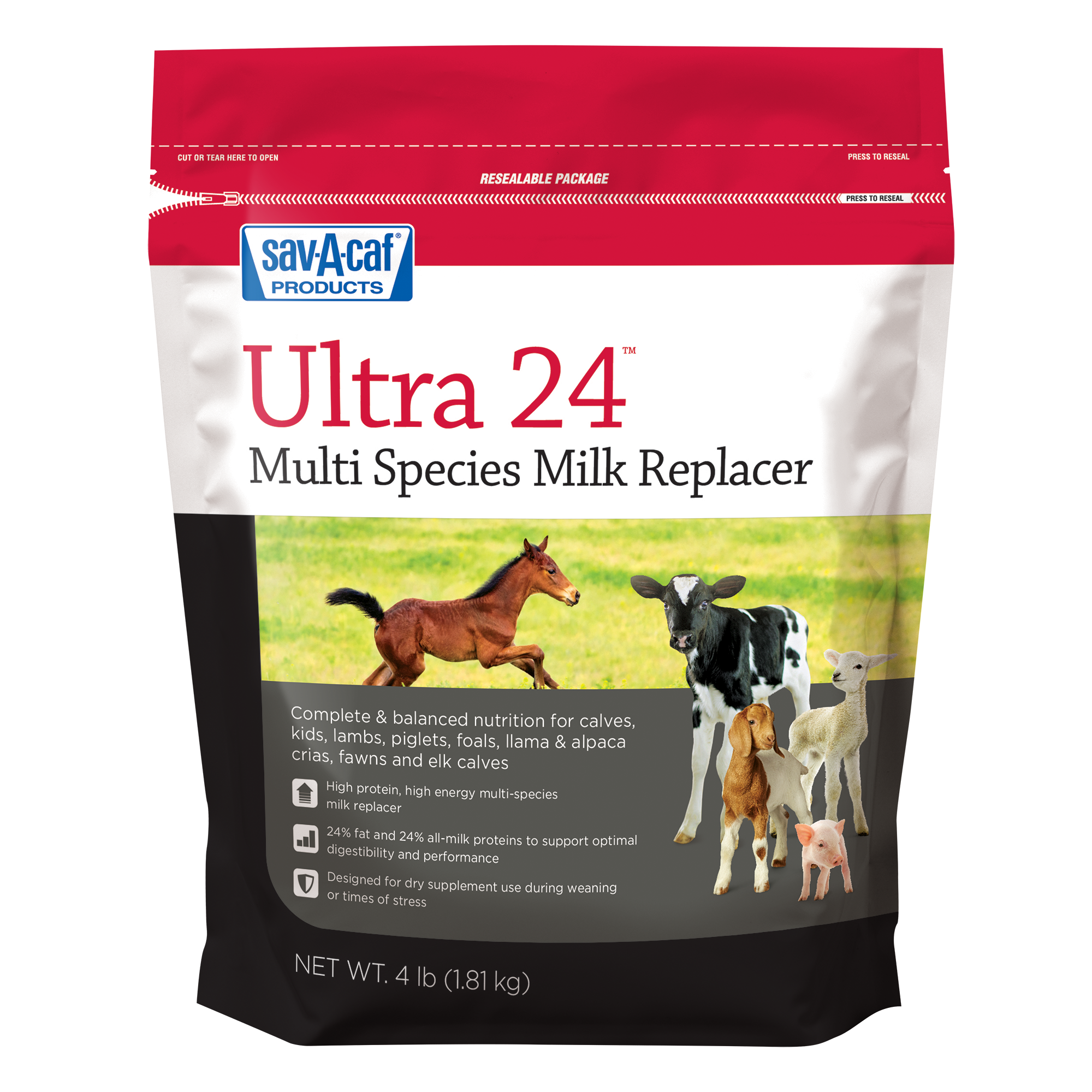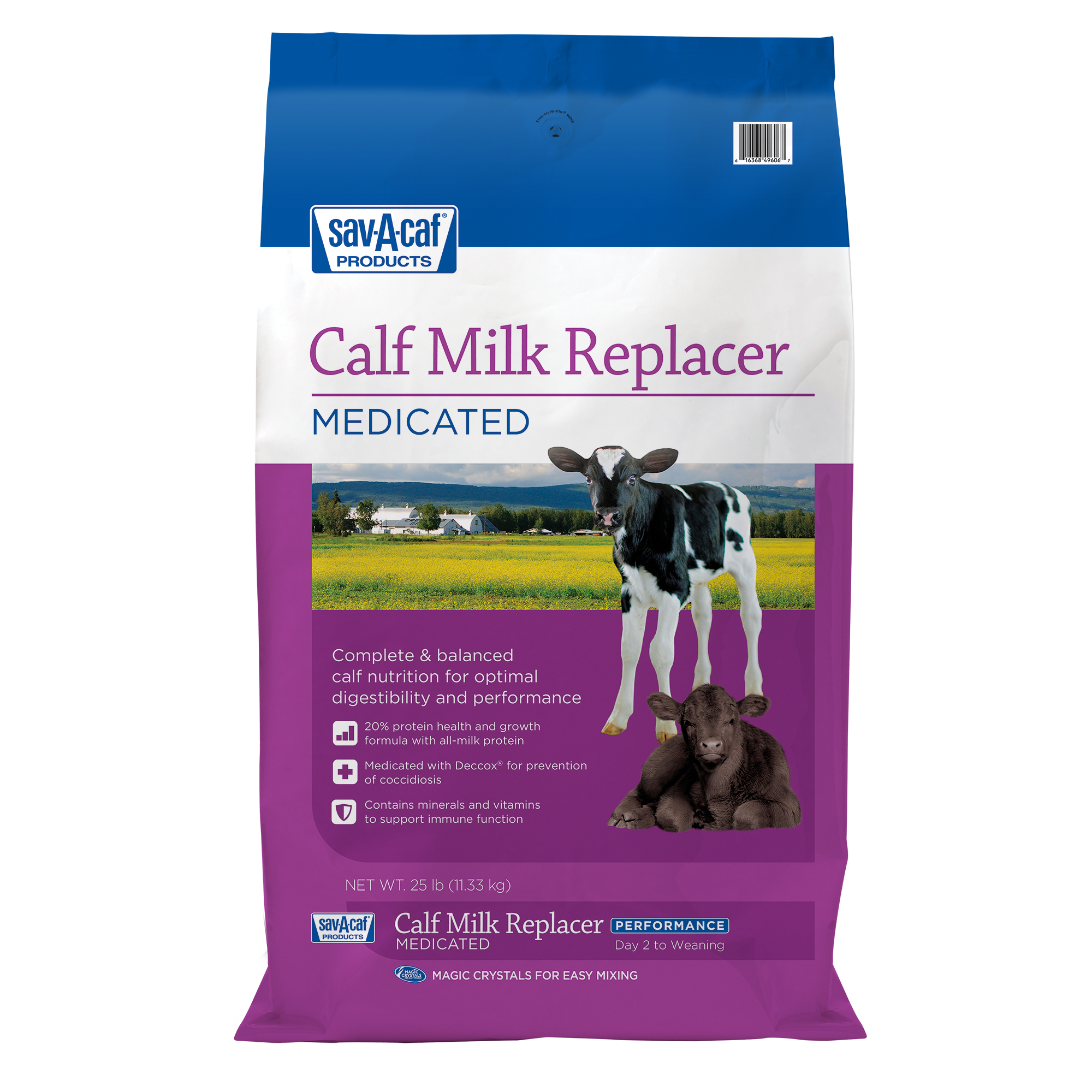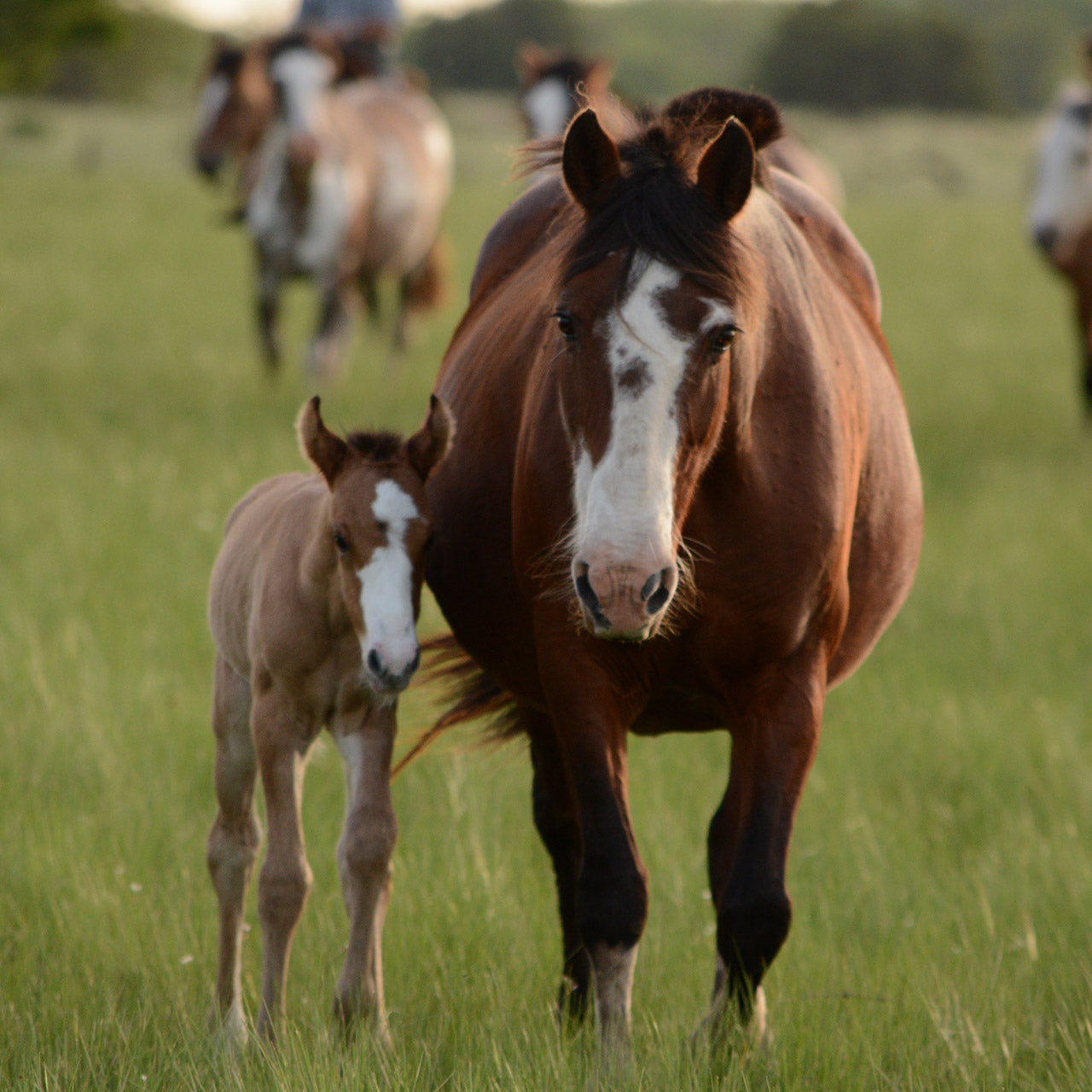
How to prepare for your mare to give birth
Prepping for your mare to give birth can be an intimidating process but having the proper supplies on hand will make it much smoother for you, your mare and your newborn foal. Once you know the signs and steps in your mare’s labor process, you can be the best equipped to help in any way if she should need some assistance.
The Pregnancy
Be prepared for an almost year-long gestation period of about 330-345 days. During that time, your little foal will grow to weigh about 10% of the broodmare’s weight. For example, your 1,000-lb thoroughbred will likely give birth to a foal that weighs around 100 lbs., while a 2,000-lb. draft horse will likely give birth to a 200-lb. foal. It is most common for mares to foal at night when barn activity is quieter, and most mares only carry one foal at a time.
As that gestation period nears its end, have a place prepped and ready for your mare to give birth in, such as a clean, grassy pasture if the weather allows. Before this, you will want to check to make sure this area doesn’t contain any items that might harm the foal, such as barbed wire or ponds. If you choose to have your mare foal indoors, she will need a large, well-ventilated stall with straw bedding. Shavings are not ideal at this point because they could be breathed in by the foal and stick to their wet body.
Signs of Labor
At about 330 days into gestation, start monitoring your mare closely for signs that labor may be approaching. The signs may be subtle, so it is important to know what to look for. If you identify any of the signs below, apply a tail wrap to your mare for easier clean-up after foaling.
- Fuller udder: The mare’s milk can begin coming in a full month before the foal is born, and the mare may secrete some clear or watery white milk as labor approaches.
- Lengthening of the vulva: The mare’s vulva will swell and become more prominent a few days before labor begins.
- Colostrum secretions: When the secretions turn yellowish and thicker, she will likely foal within a few days or hours.
- “Dropping”: When the mare looks more hollowed out around the tailhead, it is a sign that the pelvic ligaments are softening to prepare for the foal to move into the birth canal.
- Restlessness: When labor is approaching, it can be hard for the mare to get comfortable. She may paw the ground.
- Any unusual behavior: Any behavior that is out of the ordinary for your mare may be a sign your foal is on the way.
The Birthing Kit
Before your mare gives birth, it is also important to have a birthing kit prepped to ensure you are ready for any situation during and after labor. A well-stocked birthing kit should include the following:
- Flashlight: To better see all angles of your laboring broodmare and new foal.
- Several clean, old towels: To cover the bedding during birth, dry off the new foal and clean up birthing fluids.
- Sharp scissors and dental floss: For cutting and tying off the umbilical cords, if needed.
- 7% iodine tincture and an empty prescription bottle: For dipping the foal’s umbilical cord. A pill bottle is a good size and shape for holding the iodine during dipping.
- Betadine surgical scrub: To sanitize supplies or your hands.
- Sterile lubrication: In case your veterinarian advises you to assist with the birth.
- Garbage bags: For collecting afterbirth and soiled towels.
- Halter and lead: In case you need to restrain the broodmare.
- Bottle and nipple: In case the foal is not able to nurse immediately after birth.
- Colostrum replacer or supplement: For the first, most critical feedings if the foal is unable to nurse.
- Electrolytes: To help reverse the effects of loss of body fluids due to diarrhea in newborn foals and help rehydrate the broodmare after laboring.
The Birthing Process
Most mares need little assistance with delivery, but it is important to know your role in the process, especially in case of an emergency. The first stage of labor lasts about one to four hours. During this stage, the mare will seem restless and may circle her stall or paddock. She may also show signs of colic during this time, such as sweating or looking at her sides as if she has abdominal distress. This can be caused by early contractions. Even though your mare may not show every one of these symptoms, you will notice a change in her behavior.
The second stage of labor begins when the water breaks. This stage happens very quickly and the foal will likely be born within half an hour from this point. The first part of the foal to appear in a normal birth position should be the nose and front toes. If other parts of the foal appear first, such as their rump or just one of their hooves, you should consult your veterinarian or an experienced horse owner for professional advice.
A common problem in the second stage of labor is often referred to as “red-bag.” This is where the placenta, looking like a feathery red bag, emerges from the broodmare before the foal. You will want to discuss what to do in this situation with your veterinarian before labor in case this occurs.
Once your new foal is born, they will begin breathing on their own and resting on their sternum. Usually after about half an hour, they will try to stand up on their own. During this time, let your foal bond with its mother and begin nursing. The mare will usually pass her placenta or afterbirth a few minutes to a few hours after standing up once her foal is born. If you notice any signs of aggression in your mare toward her foal, restrain her and call your veterinarian.
The most important step in the birthing process of your new foal is identifying a good veterinarian or experienced horse owner who can help with any complications you don’t feel prepared to handle alone.
Read more tips on foal care and nutrition once they’re born and follow My Farm Journey on Facebook and Instagram for additional insights.
Find Solutions for Your Animals
-
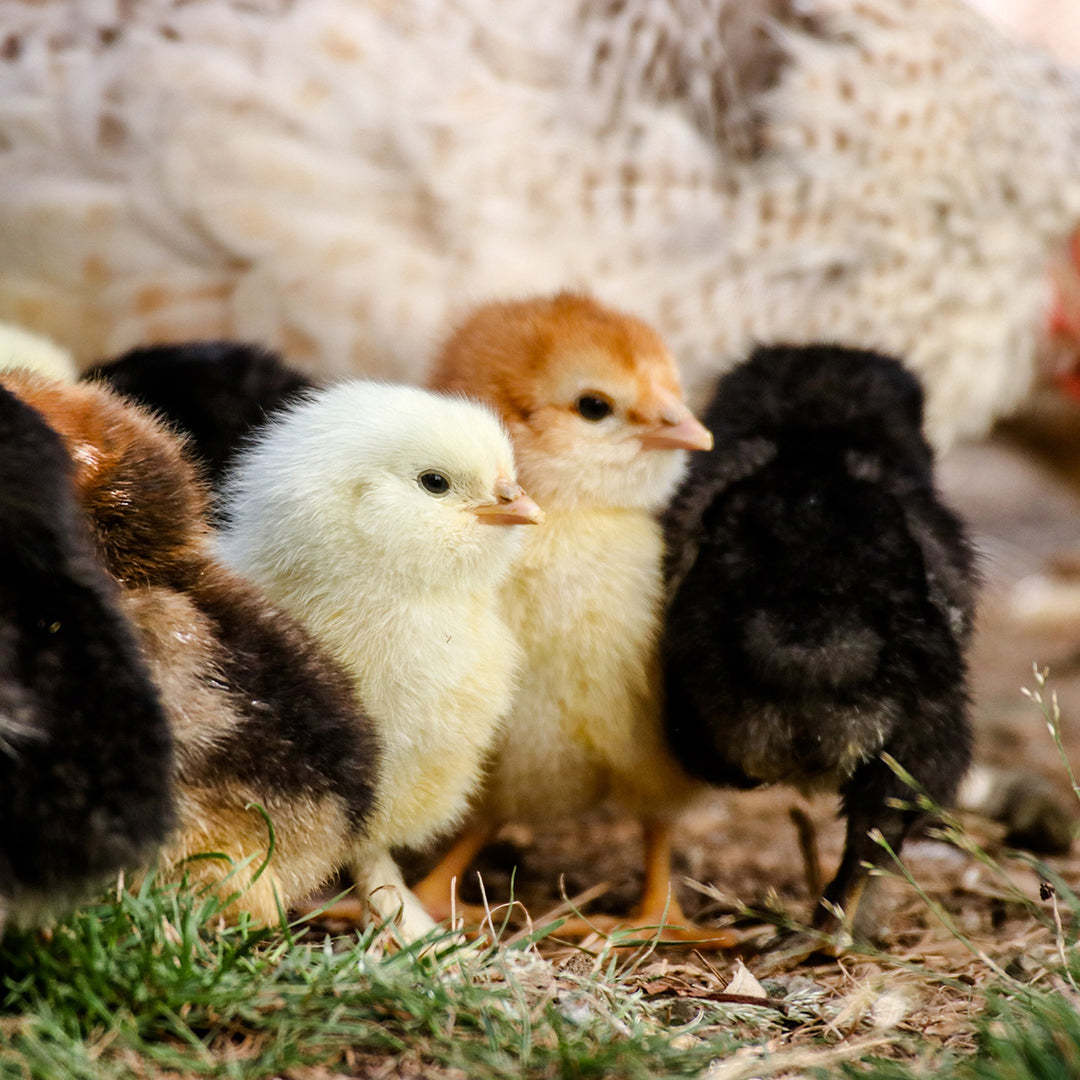
Whether housed in a coop or free ranging on your farm, your birds are exposed to multiple threats every day that could cause illness or impact their well-being. Now there’s a way to be more proactive with regular support for...
-
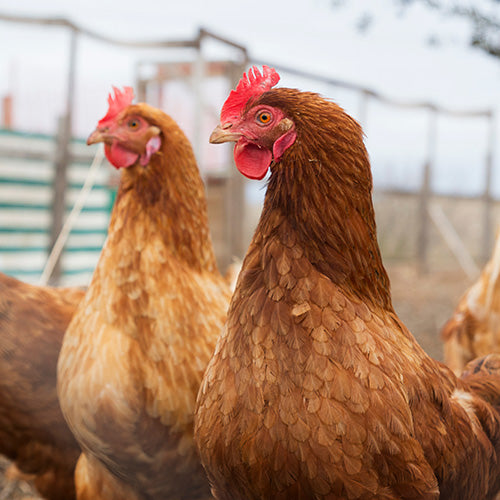
You’ve raised your chicks to adulthood and now they’re fully feathered hens. Way to go! Now, you get to enjoy their eggs and companionship for years to come. To maximize their life, support their production potential and kee...

